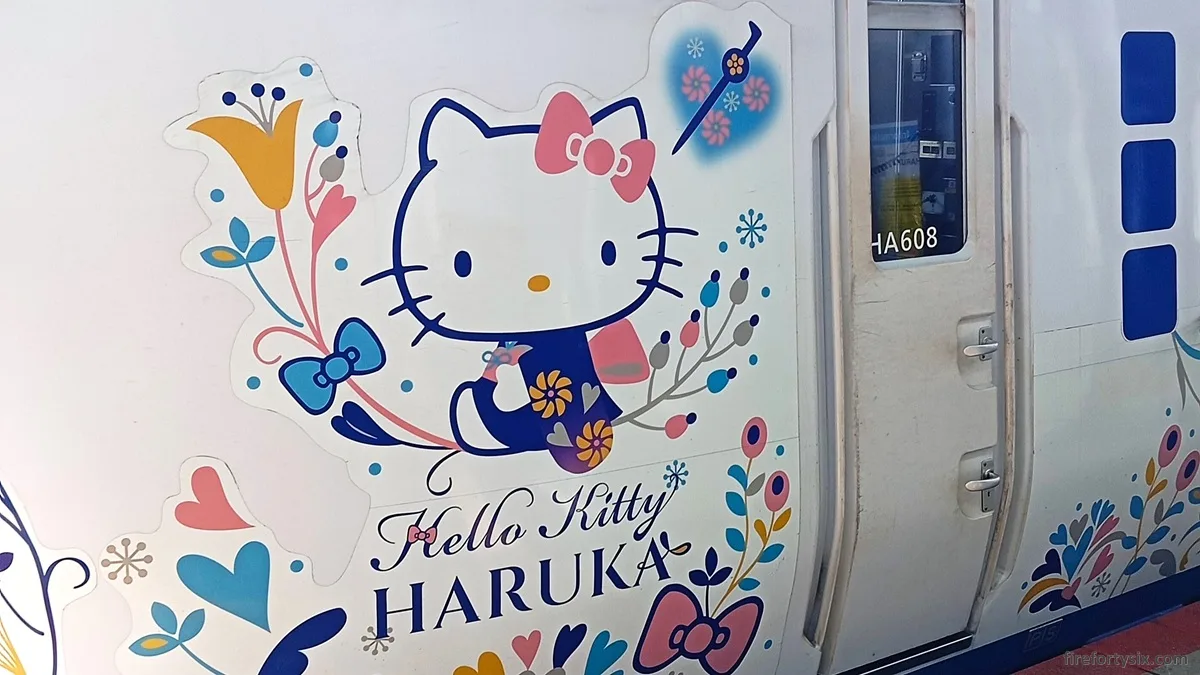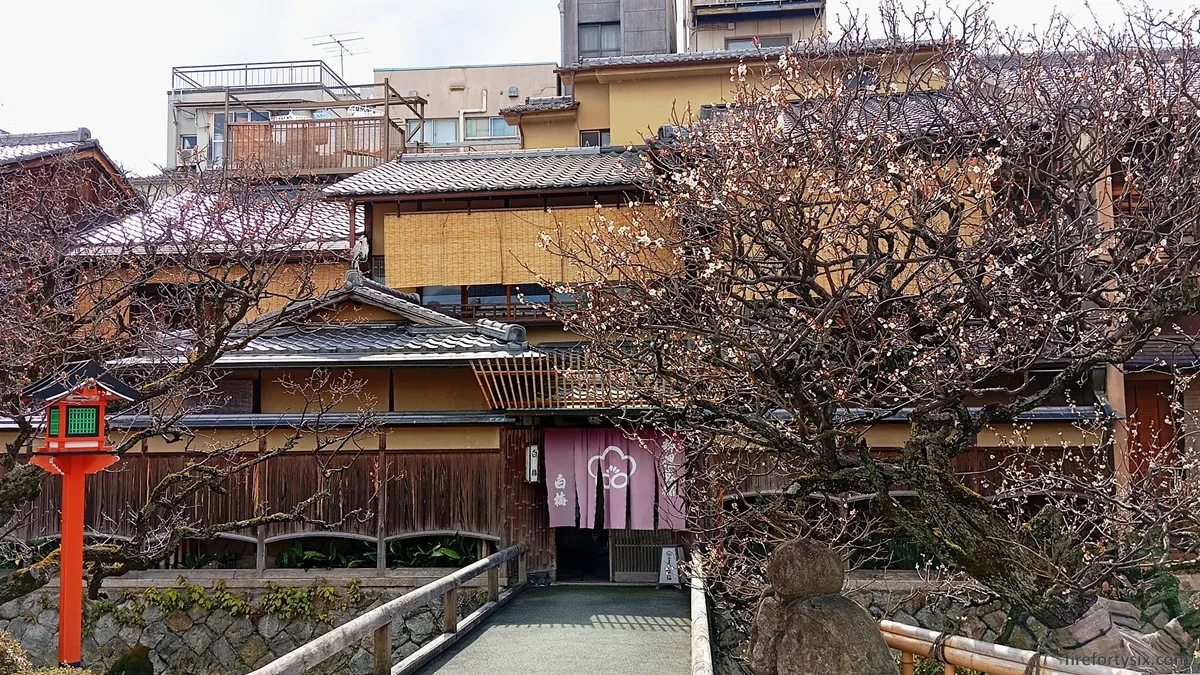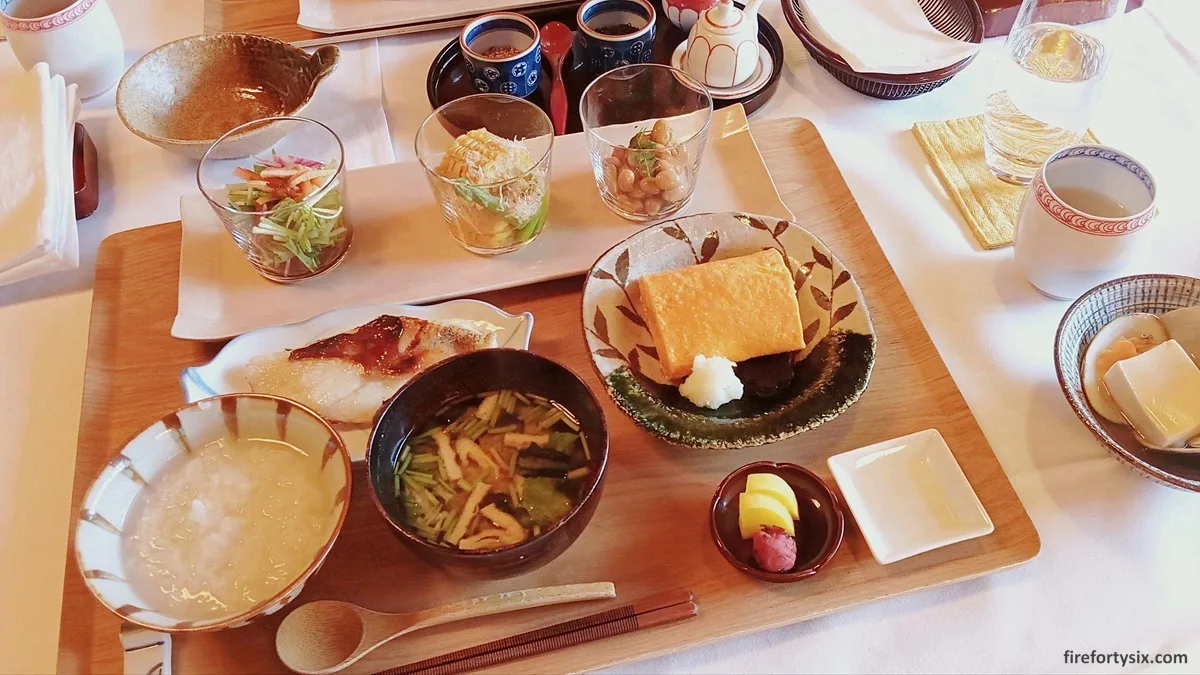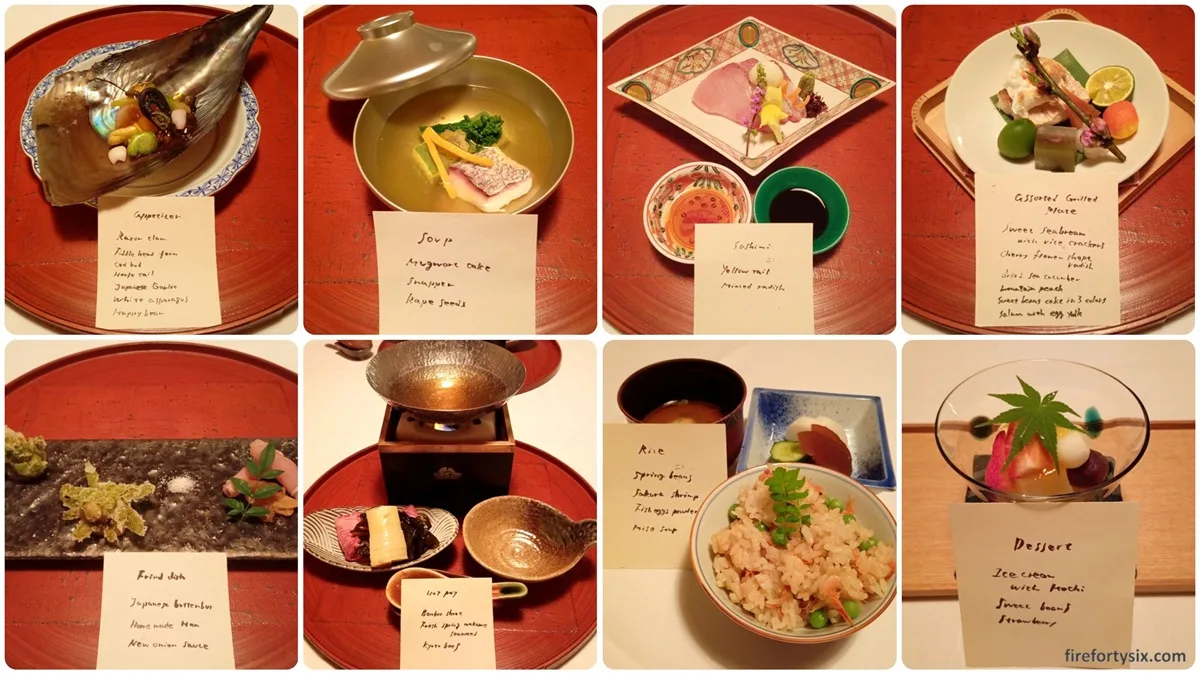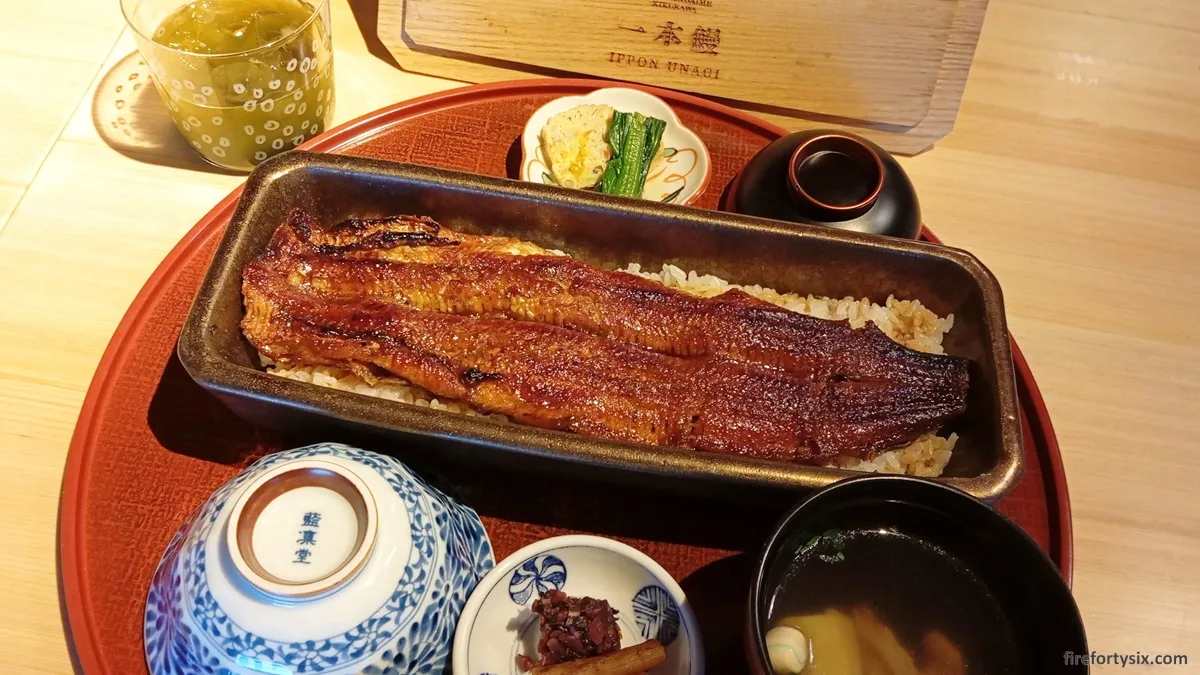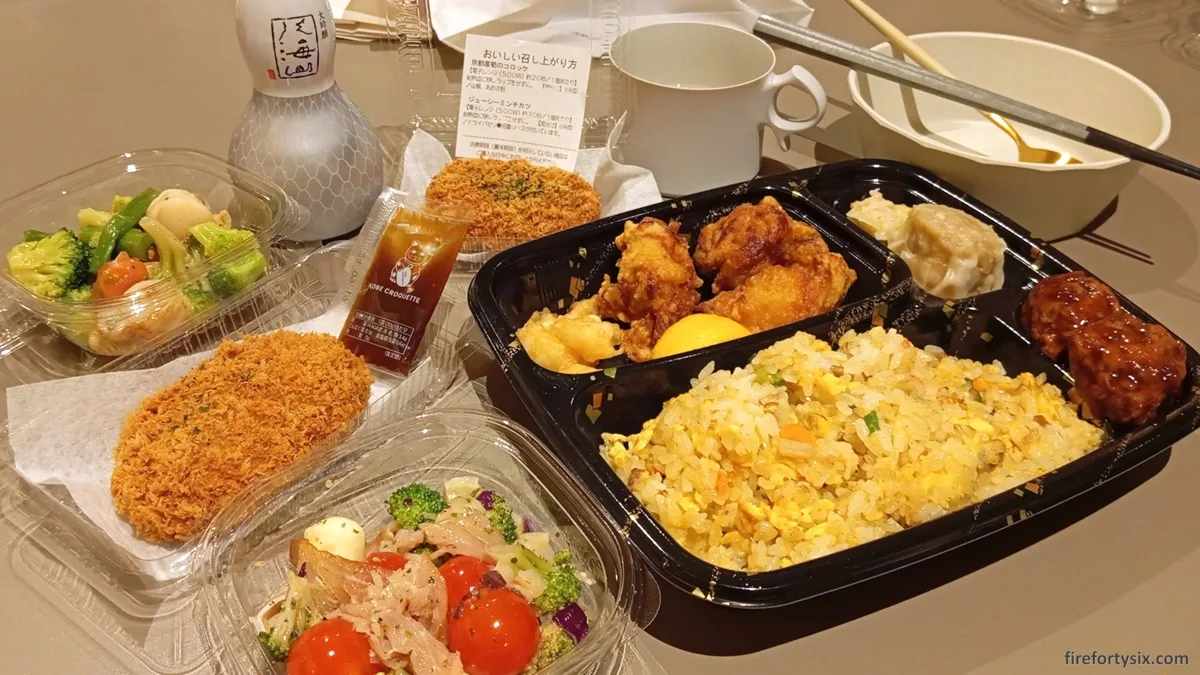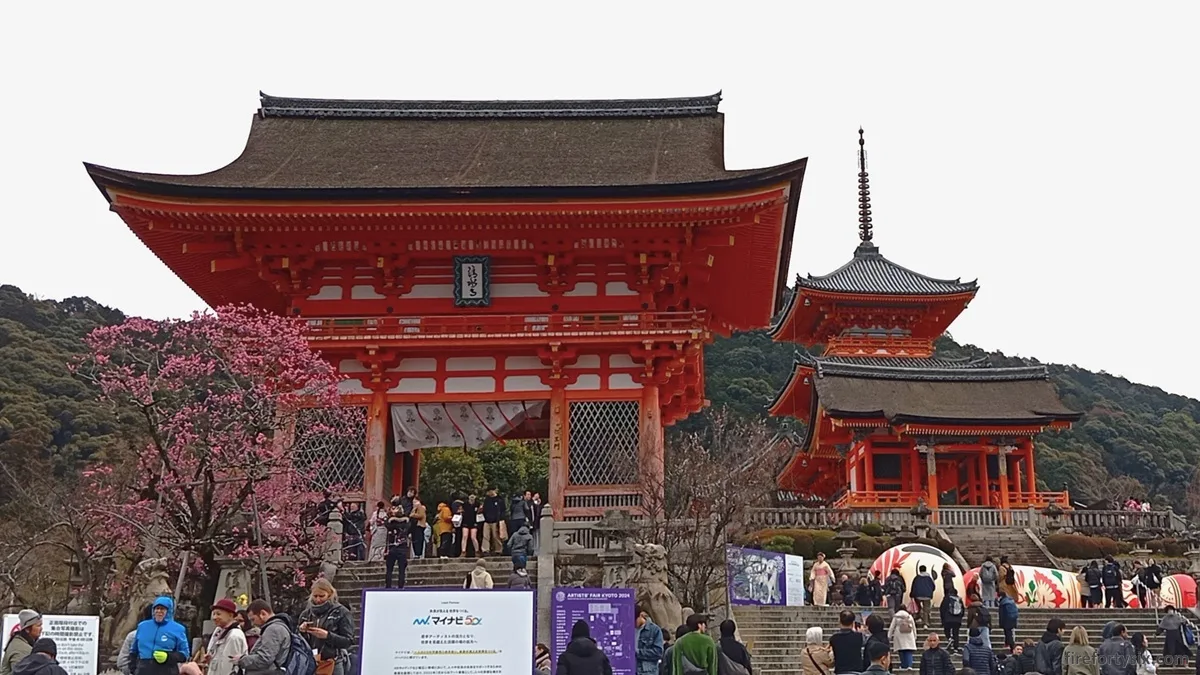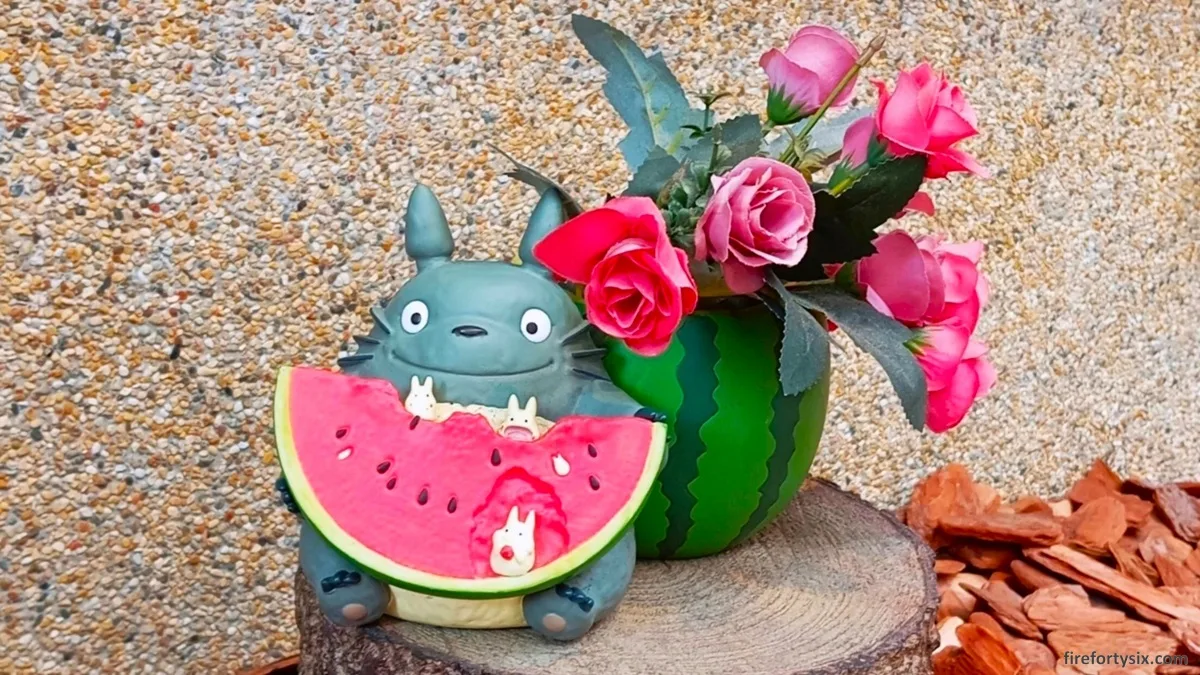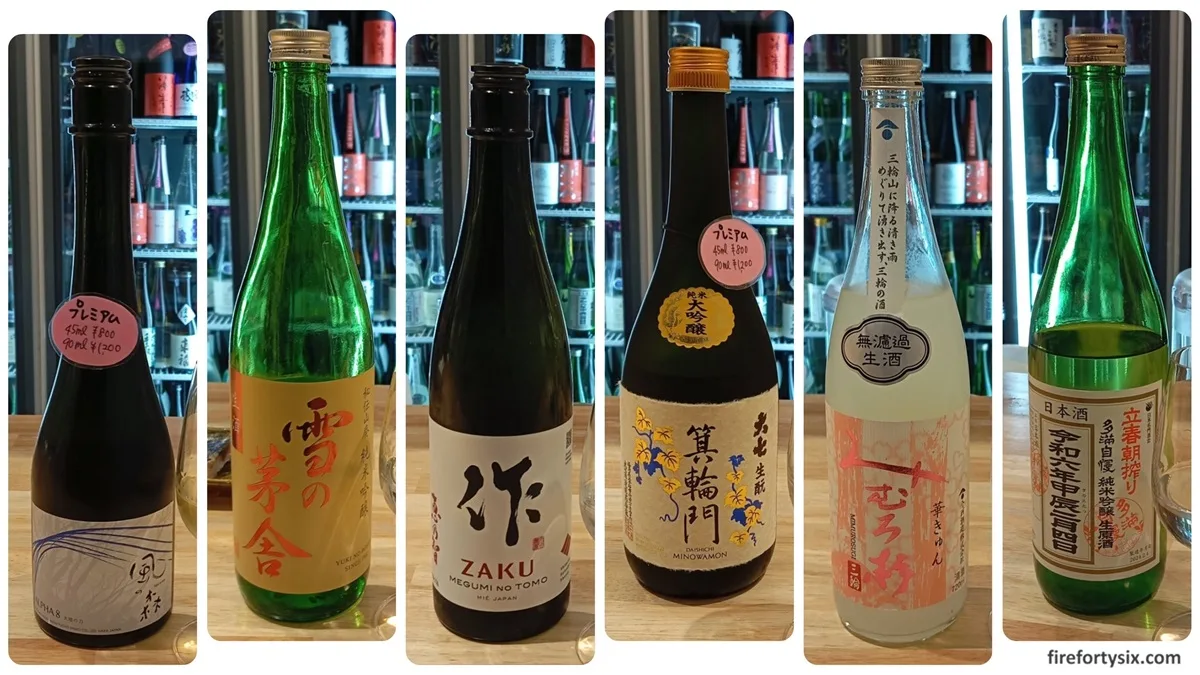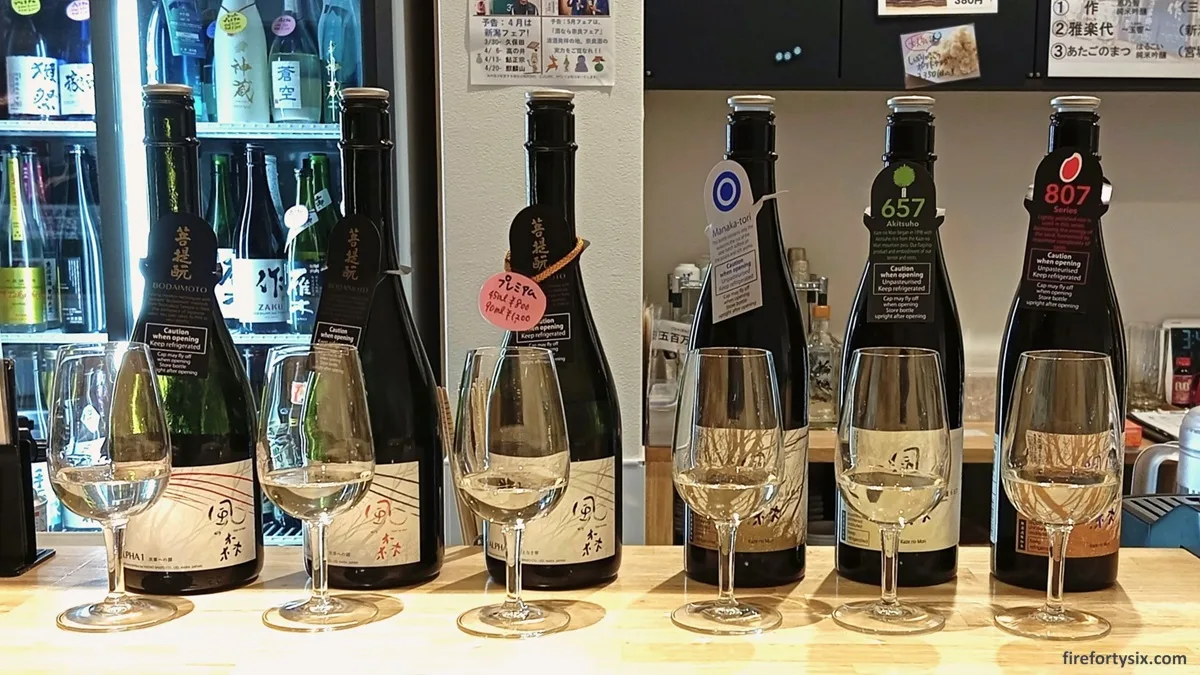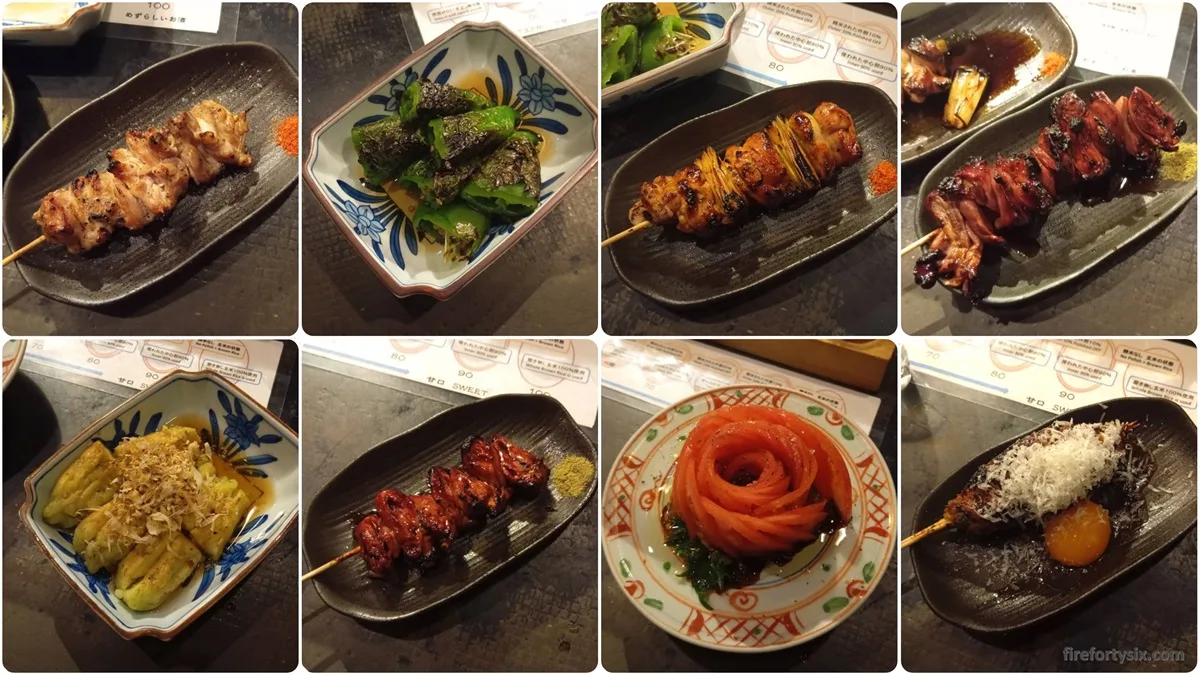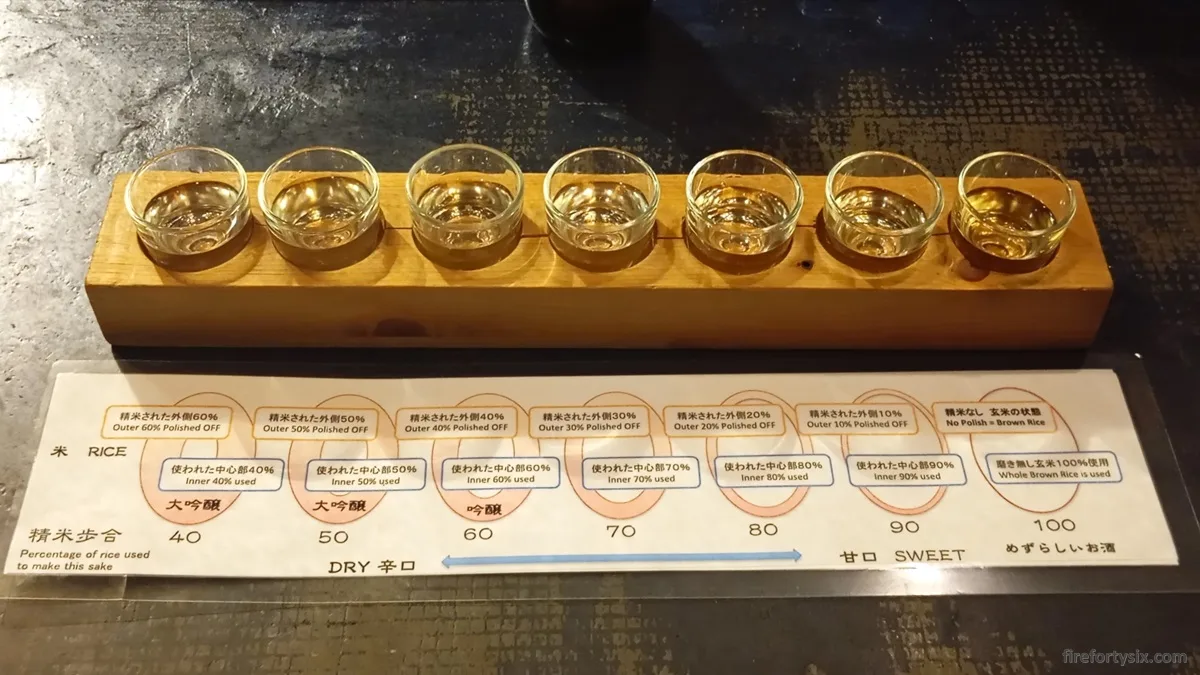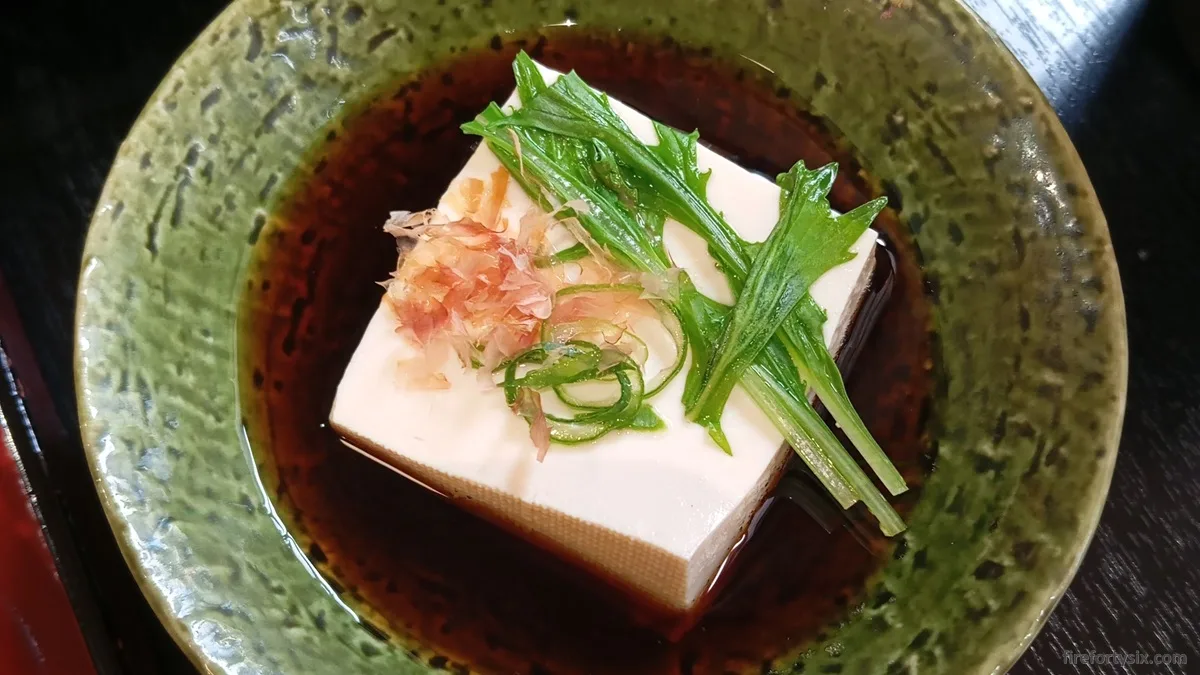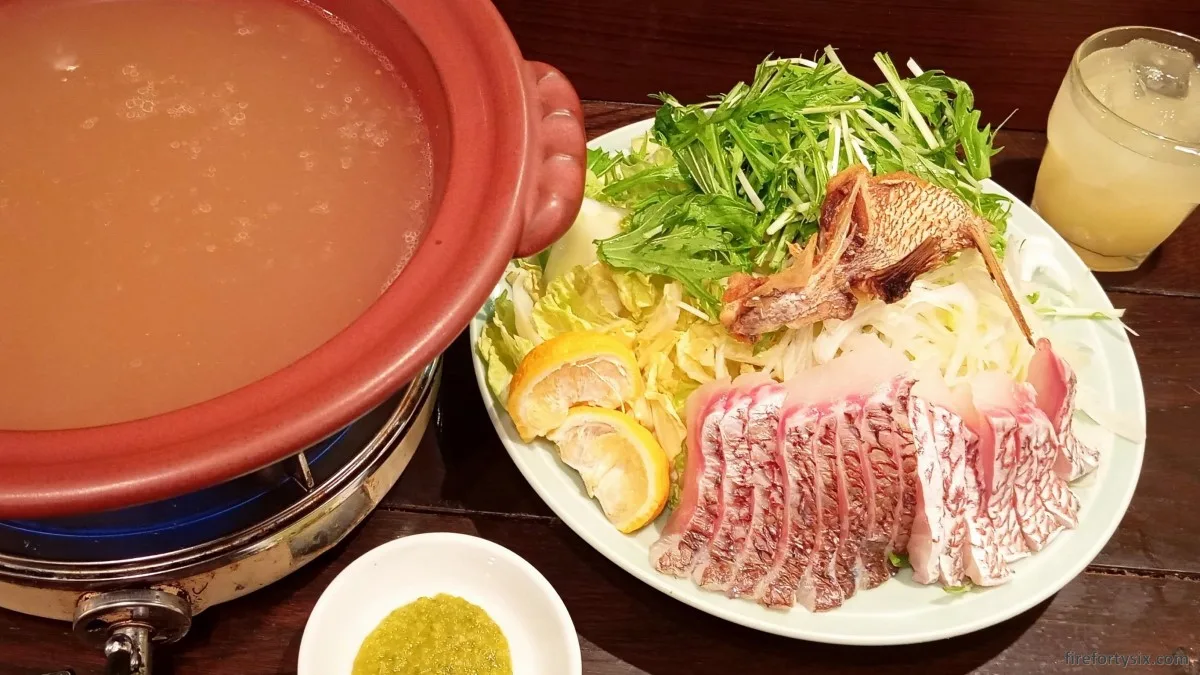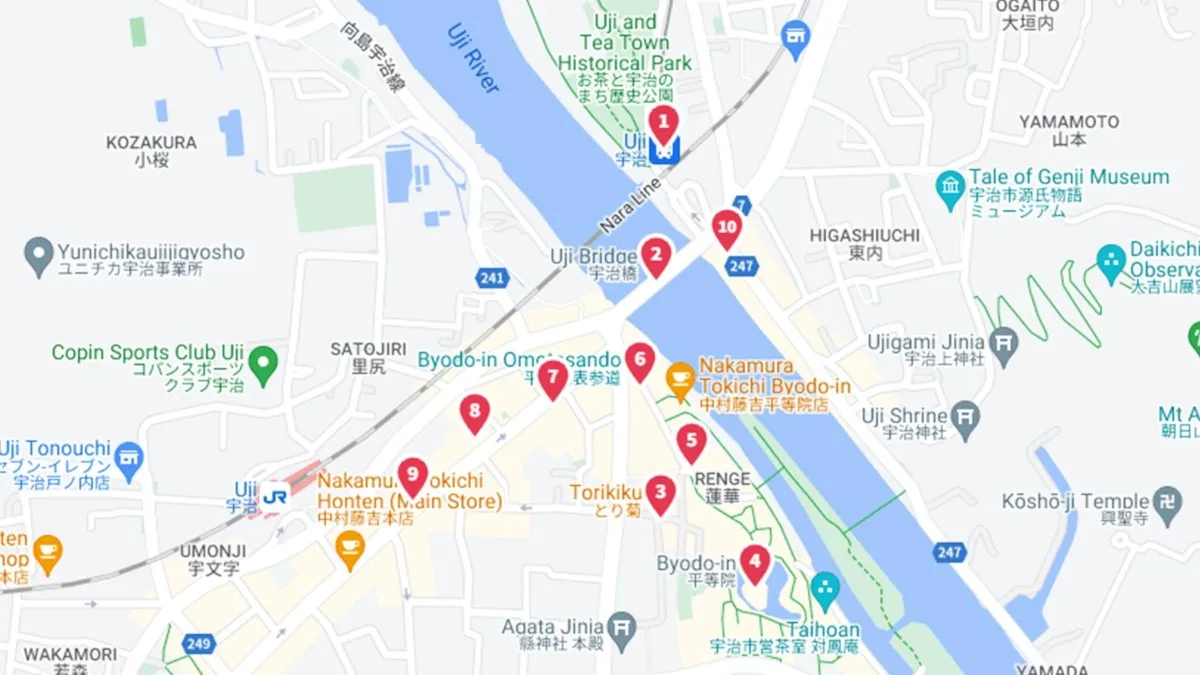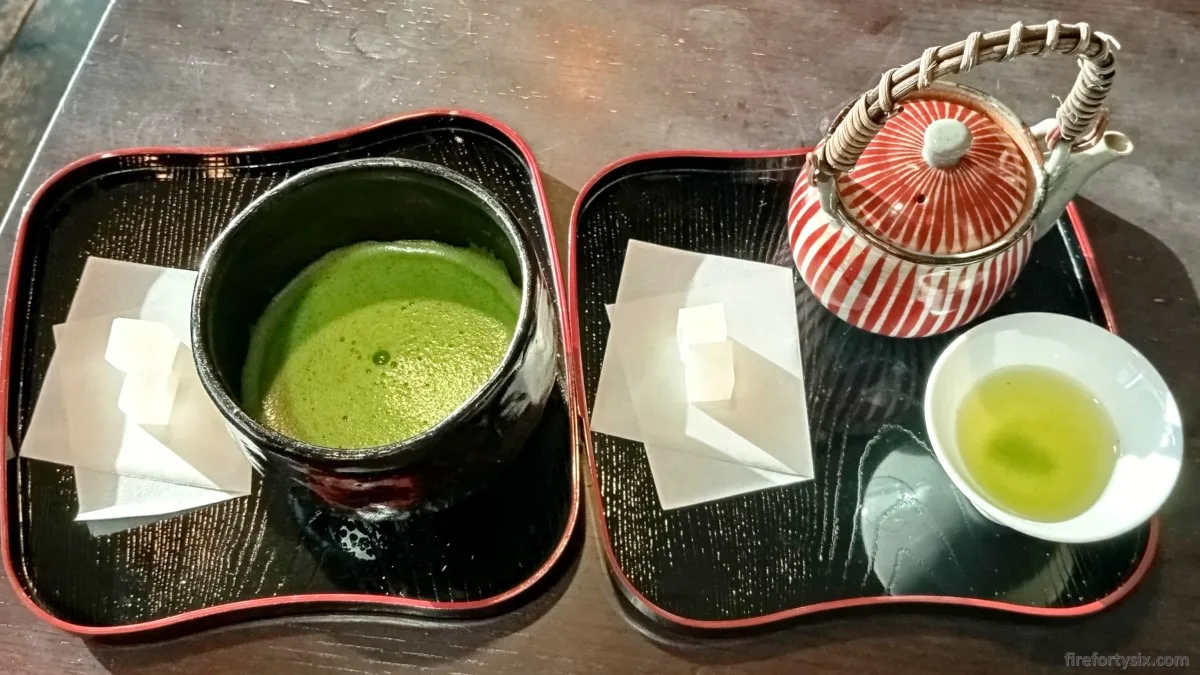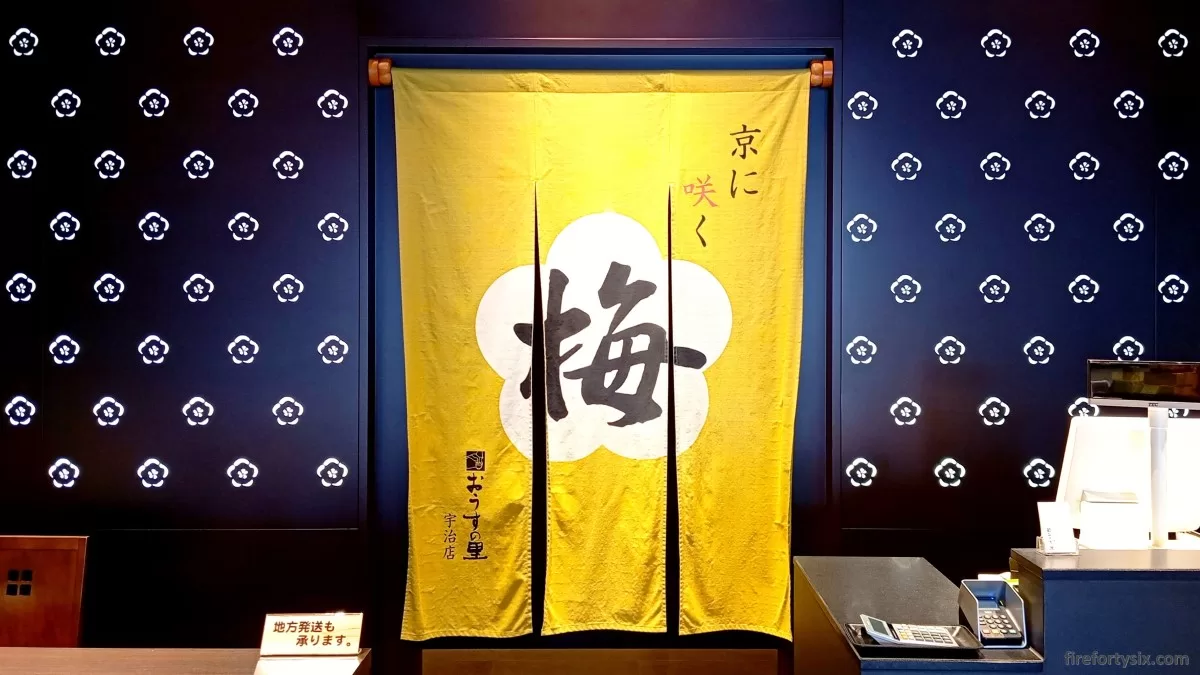There are many ways to travel from Osaka to Kyoto by train. Depending on your departing and arrival stations, the different options include JR, Hankyu or Keihan railways.
The shinkansen from Shin-Osaka station to Kyoto station is the fastest. It only takes 15 minutes and costs ¥1,450 without a JR Pass. Otherwise, “normal” trains take 30-50 minutes but are significantly cheaper, generally less than ¥500.
From the Ritz Carlton Osaka in Umeda, we needed to get to OMO5 Kyoto Gion. The hotel was located in the famous geisha district, and within walking distance of the Kyoto-Kawaramachi station.
Osaka-Umeda to Kyoto-Kawaramachi
I fired up Google Maps, keyed in our destination and it provided numerous options. Including the Hankyu-Kyoto Line that would take us directly from Osaka-Umeda to Kyoto-Kawaramachi, with no need to change trains.
The limited express train would take around 45 minutes, with eight stops along the way and cost only ¥410. Since it was essentially an inter-city commuter service, trains would arrive every 10 minutes.
During weekends and public holidays, something special happens. A specially decorated Kyo-train Garaku (京とれいん雅洛) makes its appearance, shuttling between Osaka and Kyoto.
The rapid limited express train runs on a specific timetable, and the journey between the two cities takes 43 minutes, with five intermediate stops.
Since we were travelling on a Saturday, it was too good an opportunity to pass up. The 3:32pm train provided us with sufficient time to check out from our hotel and play a round of sake bingo, before going to the station.
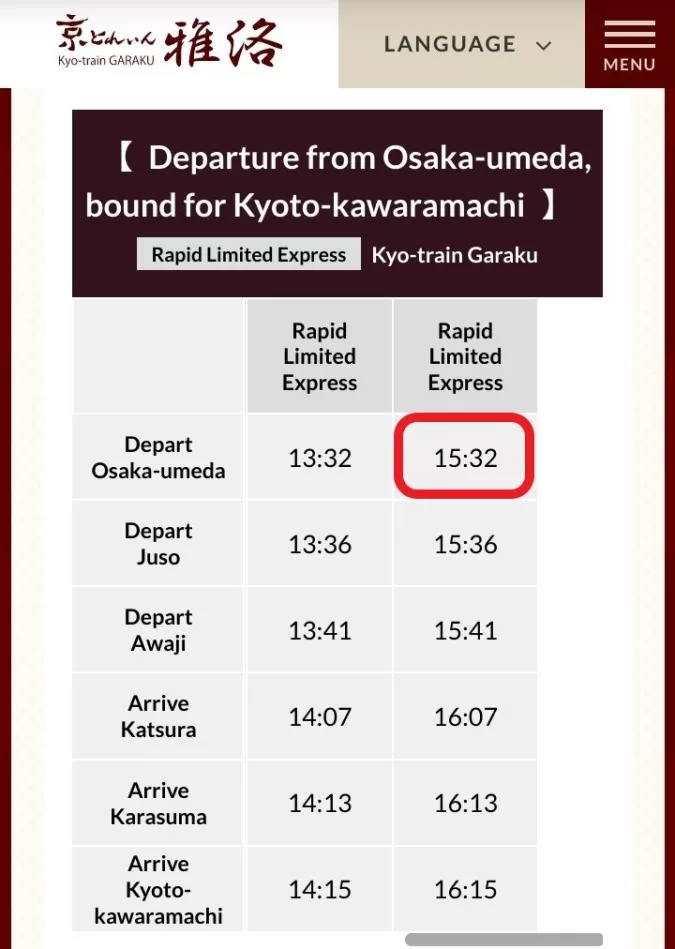
Hankyu-Kyoto Line (阪急京都線)
While the Osaka station complex is not as complicated as the one at Tokyo or Shinjuku stations, finding the right platform is still quite a challenge.
First, head above ground and find the 106 metre tall bright red Hep Five Ferris wheel. Next, spot the Hankyu Osaka Umeda station building (阪急大阪梅田駅) and walk towards it.
After you’ve tapped into the station, look out for the signboard that says “for Kyoto-Kawaramachi” (京都河原町) and follow the directions to the train platform.
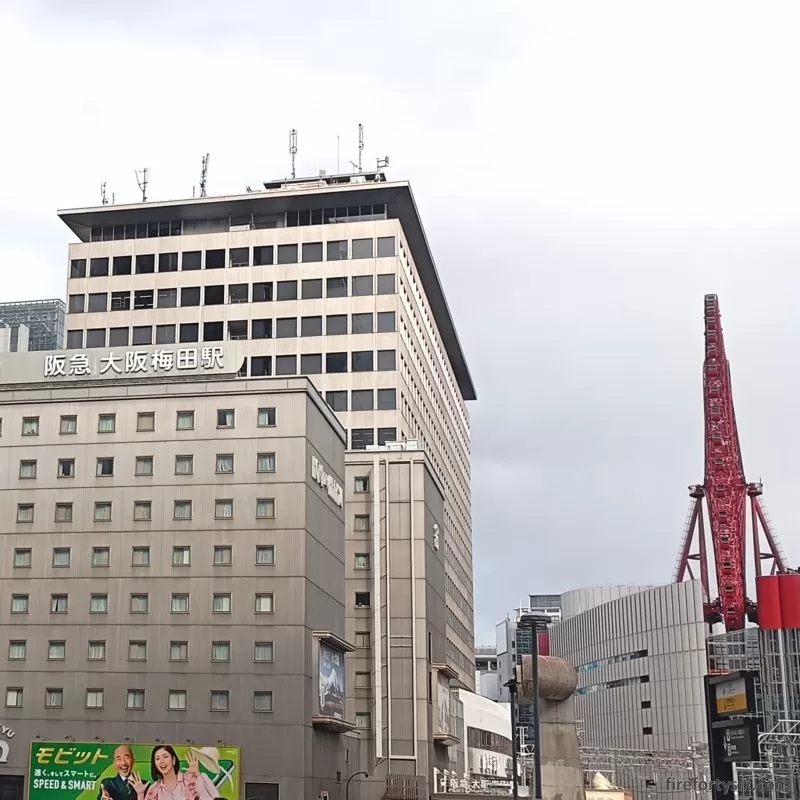
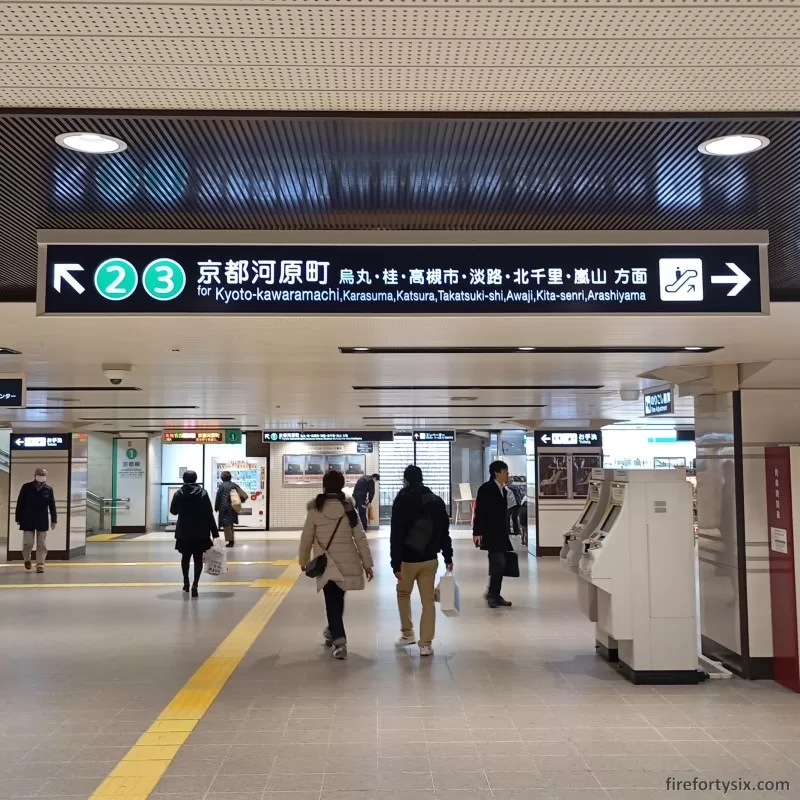
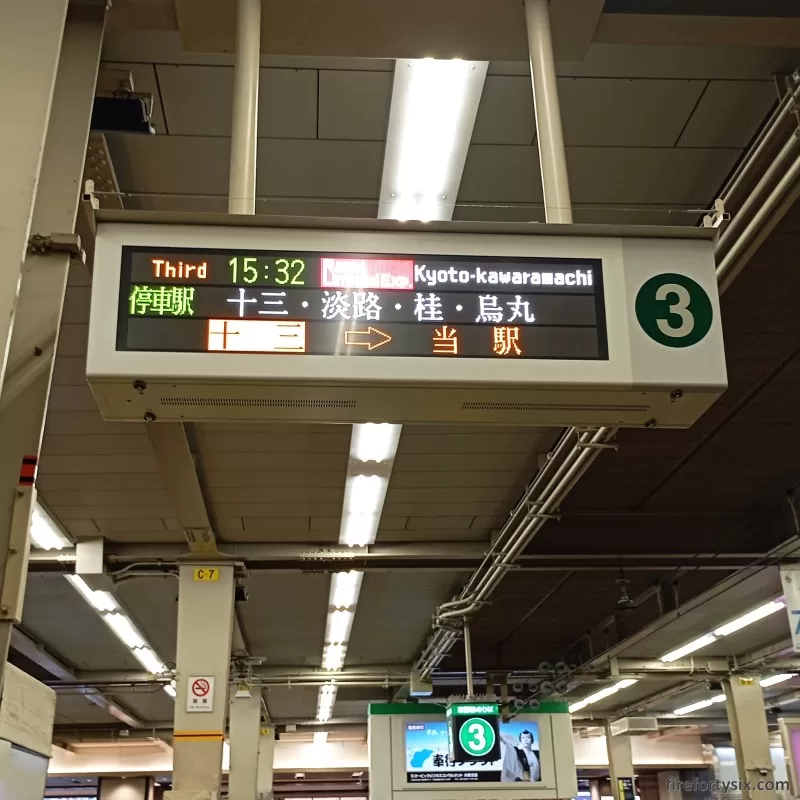
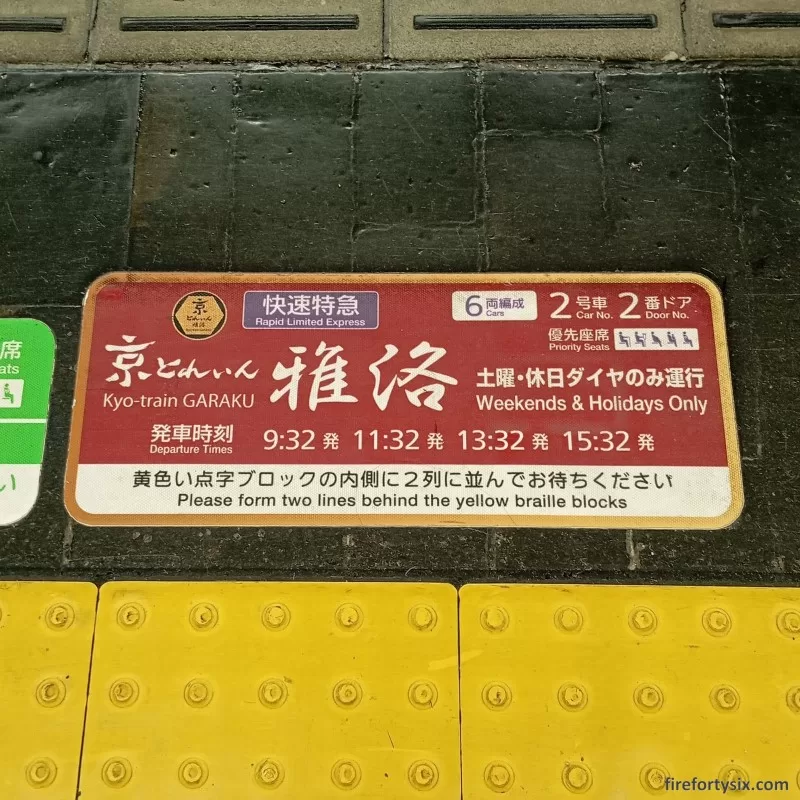
You’ll know you’re at the right one when Kyoto-Kawaramachi and 京都河原町 are shown at alternating times on the LED display.
If you look down onto the platform floor, you should also see the car labels for the Kyo-train Garaku. They even conveniently indicate the specific timings for the train, so that you know you’re boarding the correct one.
Kyo-Train Garaku (京とれいん雅洛)
Not that there’s any chance of accidently getting on the wrong train. When the Kyo-train Garaku pulls into the station, there’s no way that anyone would mistake it for a regular train.
The deep maroon livery featuring different icons depicting the unique decorations of each car is impossible to miss.
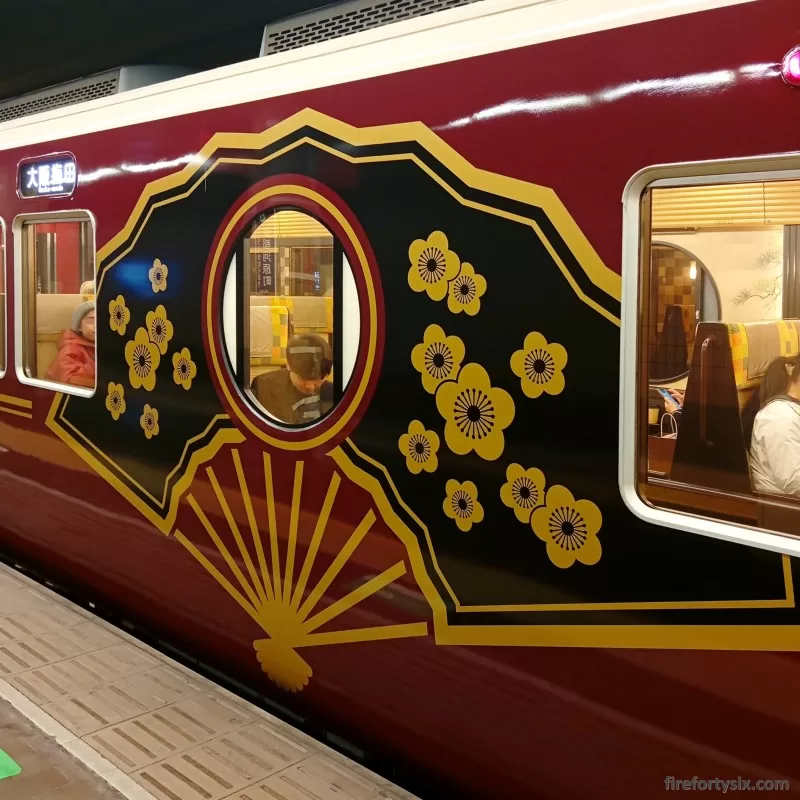
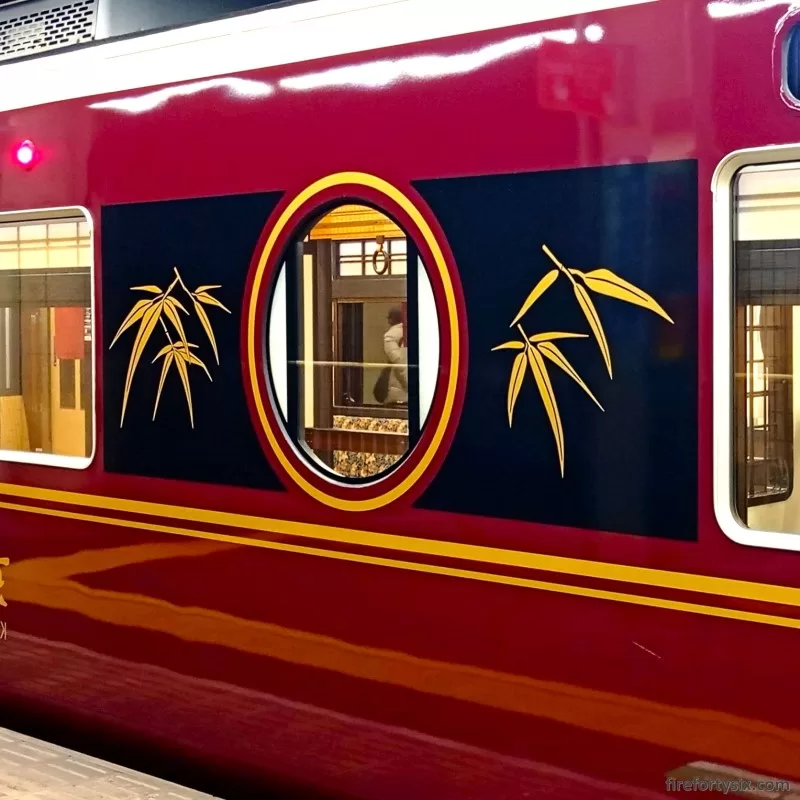
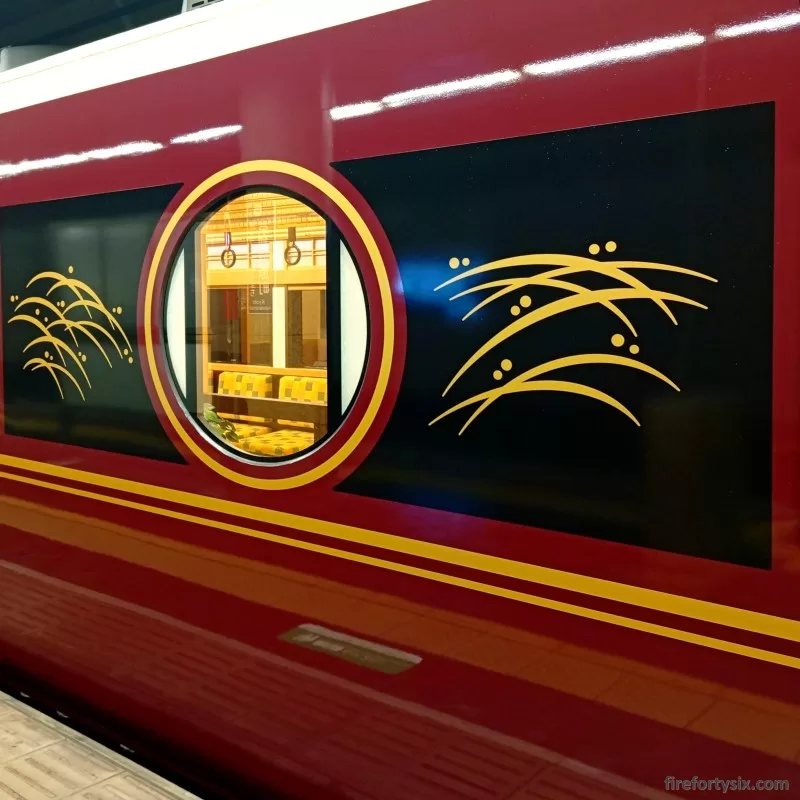
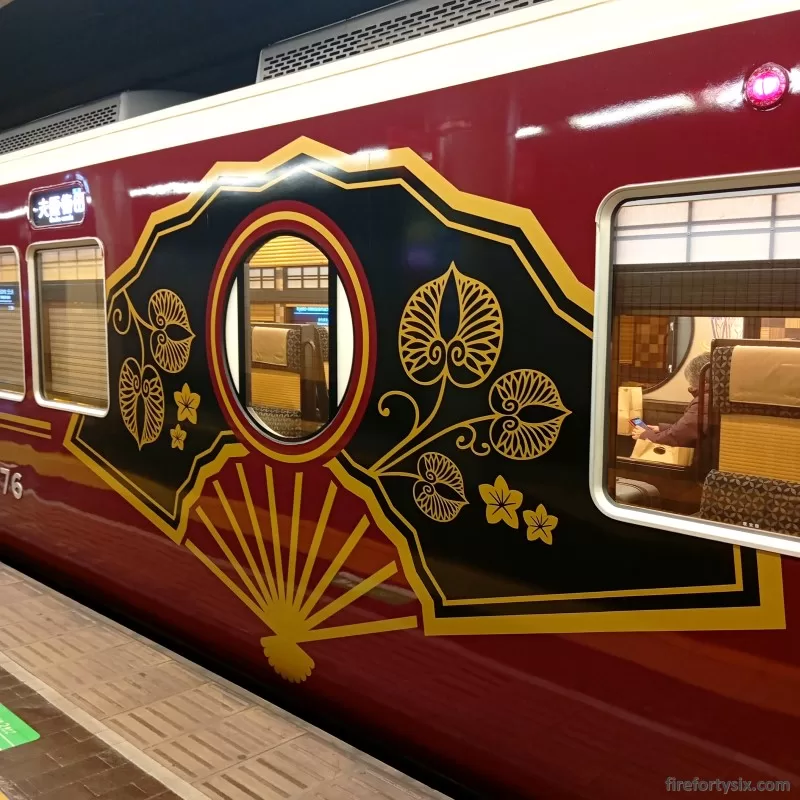
It was a Saturday afternoon, and while the platform was crowded, it wasn’t unbearably so. Most of the people waiting to board the train were clearly tourists like us, and were hauling luggage of different sizes.
We managed to board Car #2 soon after it stopped, and managed to get seats facing a mini Japanese zen garden. It had carefully raked patterns in the sand, and was “planted” with bamboo shoots and stones of varying sizes.
Unfortunately, our seats weren’t front and centre.
Another couple, armed with professional camera gear, had managed to secure the coveted spot ahead of us. They were furiously snapping away, trying their best to avoid people walking down the aisle.
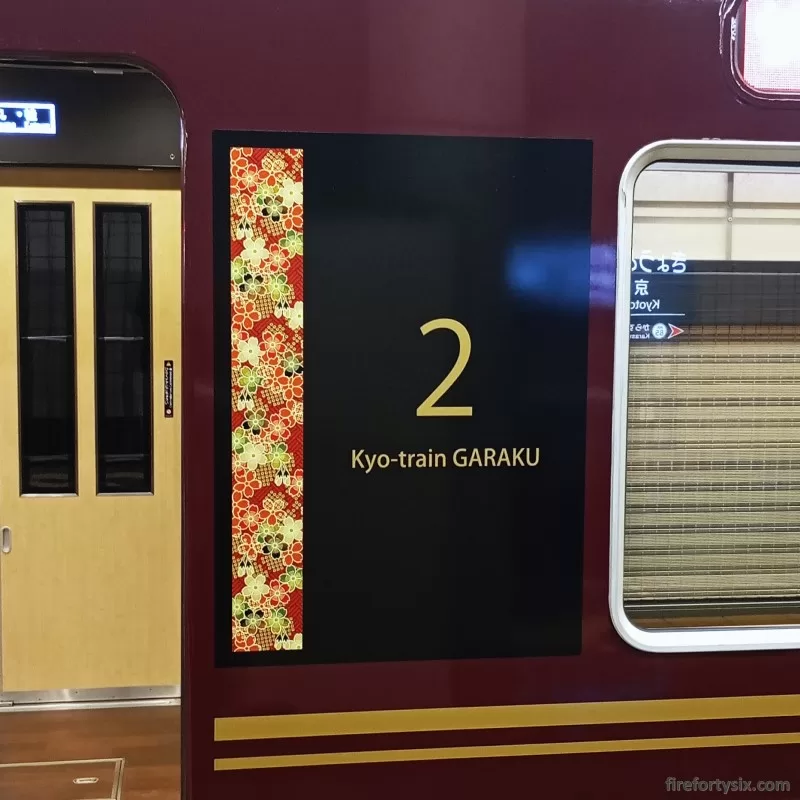
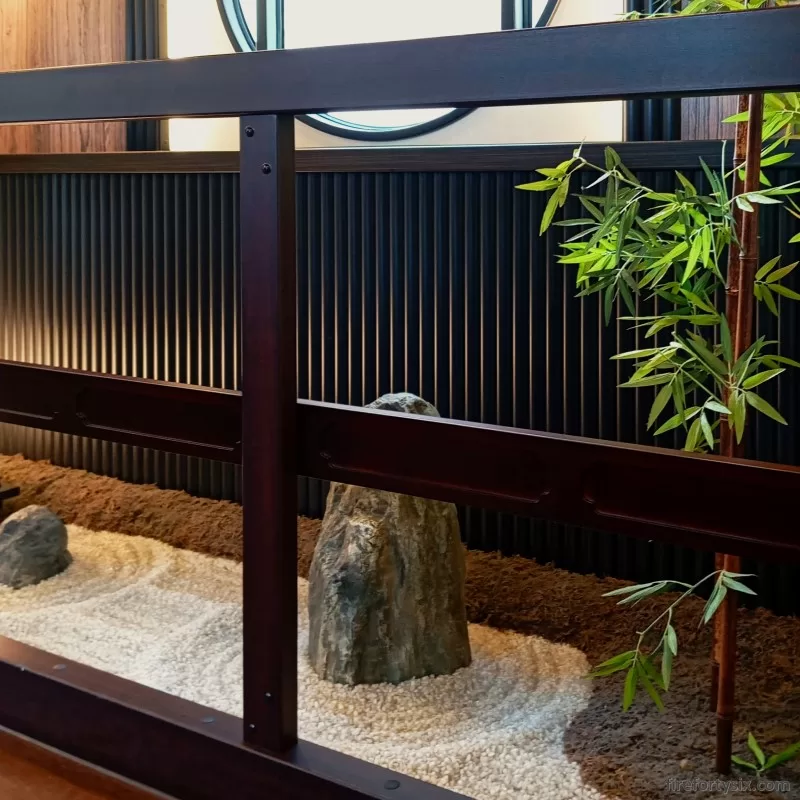
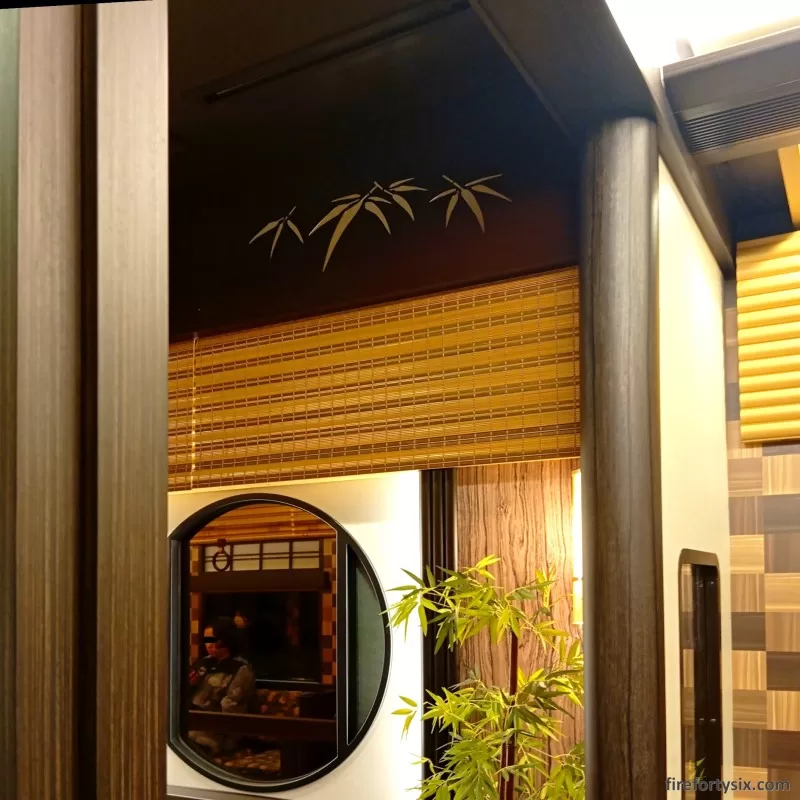
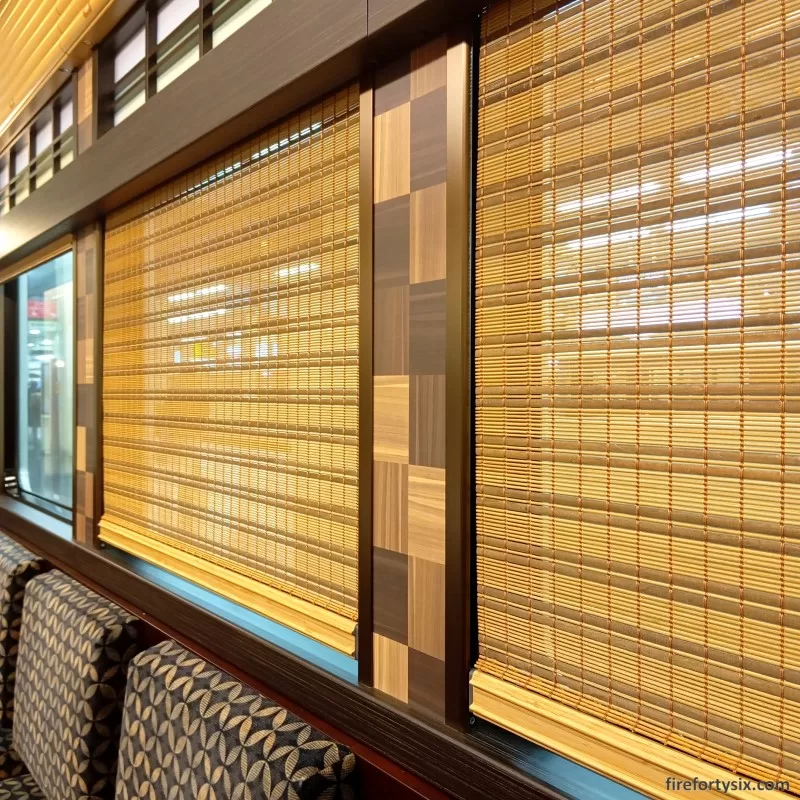
The interior decor was very tastefully done, with a consistent colour scheme applied throughout the cabin. Besides the Zen garden centrepiece, other elements were thoughtfully and tastefully incorporated.
From the bamboo awnings and window shades, to the matching prints on the seat cushions, to the minimalist yet artistic hanging wooden handrails.

Drive-By Shooting
I was curious about the design of the other cars, and consulted Copilot on the Bing mobile app. Here’s what it came back with, after I entered “Kyo-train Garaku carriages” as my prompt.
Kyo-train Garaku is a delightful sightseeing train operated by Hankyu Railways on the Hankyu-Kyoto Line, connecting Osaka-Umeda and Kyoto-Kawaramachi. Each of its six carriages is thoughtfully designed to evoke the essence of Kyoto, celebrating the changing seasons and the city's rich cultural heritage.
Here's a glimpse of the unique features of each carriage:
1. Autumn (Maple): Carriage 1 captures the beauty of autumn with a motif of fallen maple leaves floating in a river.
2. Winter (Bamboo): Carriage 2 represents winter with a dry landscape and shoji screens designed for snow viewing.
3. Spring (Cherry Blossoms): Carriage 3 immerses passengers in the springtime beauty of cherry blossoms. Special window-facing seats allow you to enjoy the passing scenery.
4. Summer (Hollyhock): Carriage 4 features an iris motif, evoking a sunny Kyoto summer. Again, special window-facing seat enhance the experience.
5. Early Autumn (Silver Grass): Carriage 5 boasts an authentic Japanese garden, reminiscent of Kyoto's wooden townhouses. Feel the transition from summer to early autumn.
6. Early Spring (Plum Blossoms): Carriage 6 exudes the charm of Kyoto in early spring. The tatami-style box seating adds elegance to the design.
Kyo-train Garaku allows you to savour the Kyoto atmosphere from the moment you step on board. No reservations are needed, and passengers pay the regular fare. So, whether you're a seasoned traveler or a first-time visitor, hop aboard and let the journey begin!It sounded very nice, and I simply had to check all of them out. So, after abandoning entrusting The Wife with our luggage, I walked up and down the length of the entire train.
As expected, all the carriages were crowded so I wasn’t able to get many clear shots. After deleting those that invaded peoples’ privacy, all that was left of my drive-by shooting were the ones below.
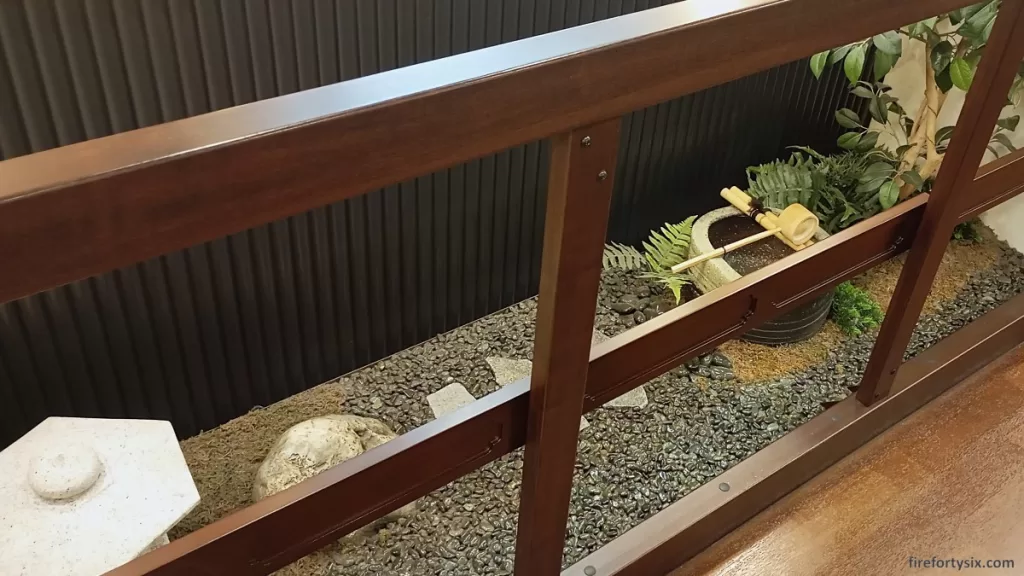
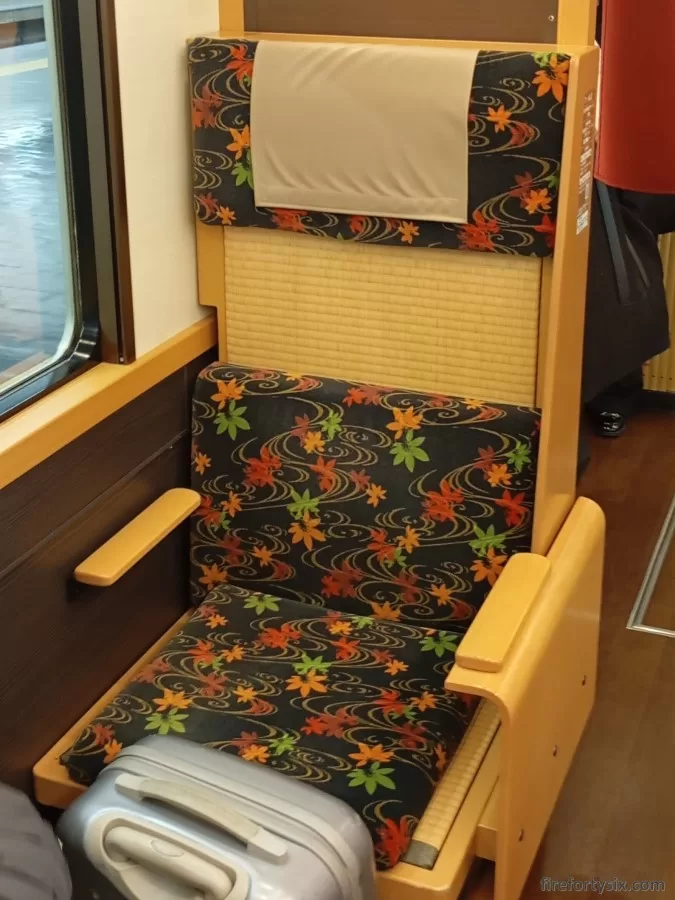
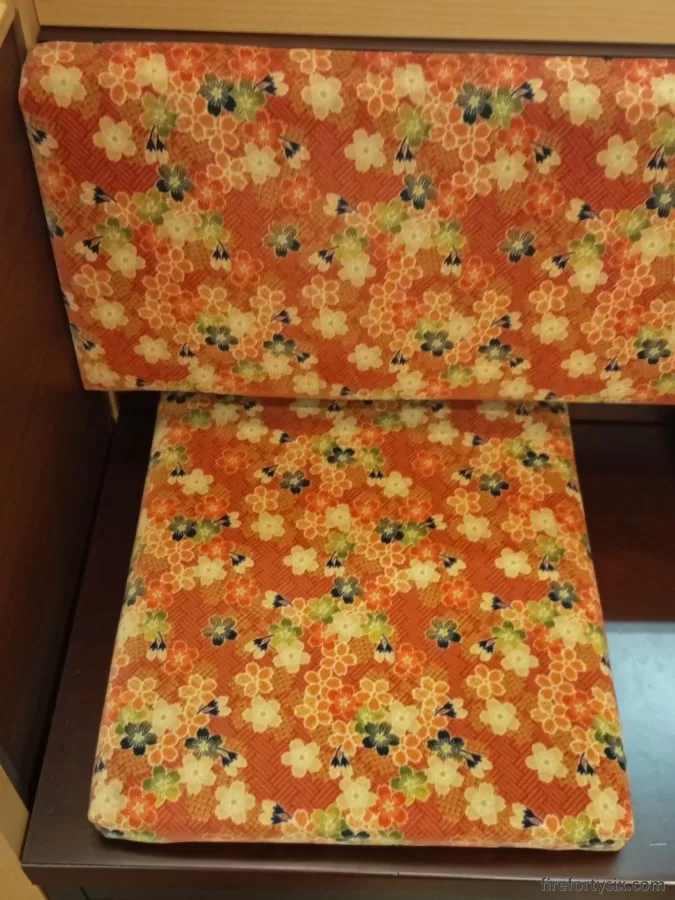
Surprisingly, despite the obvious expense of installing the customised fittings and decorations inside the cabins, there’s no extra charge to ride the Kyo-train Garaku.
It costs exactly the same as the normal commuter service, i.e. ¥410 for a trip from Osaka-Umeda to Kyoto-Kawaramachi. Unlike other “romantic” trains, there’s no additional reservation fee.
In fact, you can’t even reserve your seats; it’s strictly on a first-come-first-served basis. Which means that it can get crowded at times, but as long as you can squeeze in, it’s all good.
So, if you’re ever travelling from Osaka to Kyoto (or vice-versa), it’s worth the effort to check if your schedule allows you to catch the beautiful and elegant Kyo-train Garaku.

